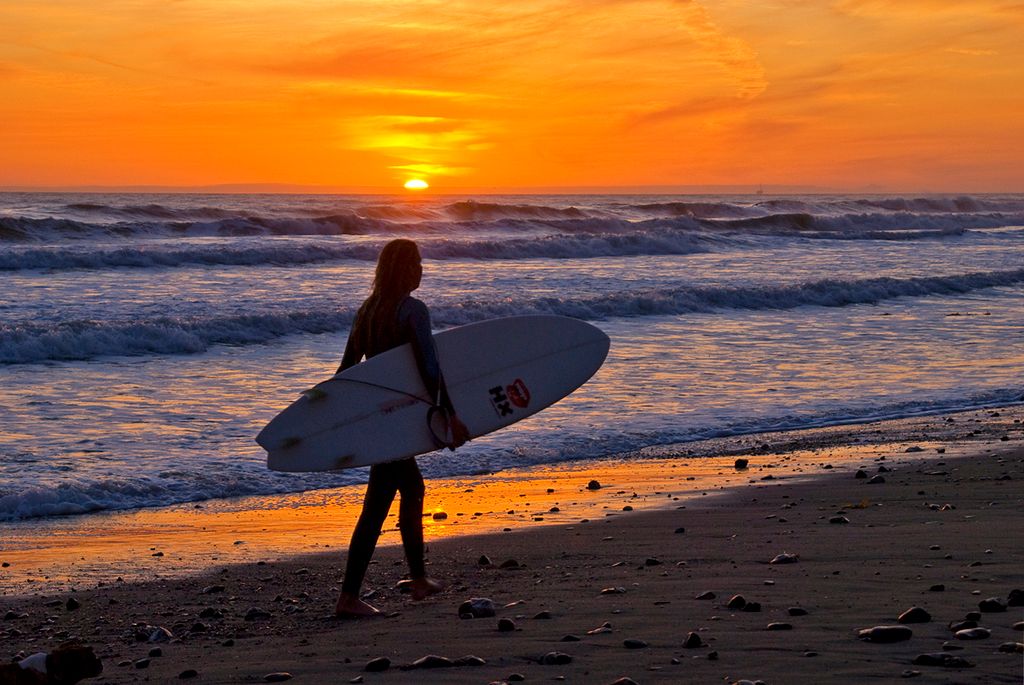Guide to Successfully Sowing Seeds
Mastering Seed Sowing: A Comprehensive Guide for Indoor and Outdoor Sowing Success
Sick of those chilly winter days? Guess what, spring and its new growing season are almost upon us! That's right, it's time to brush up on your seed sowing skills. Whether you're a newbie to growing your own veggies, fruits, and flowers or a seasoned pro, mastering how to sow seeds is one of the most gratifying gardening jobs around. Plus, it's a budget-friendly way to fill your garden with an abundance of goodies. So, let's dive into it!
How to Grow Thriving Seeds
Each seed is bursting with potential, making it no wonder that so many of us are taking steps to harness that potential and grow it in our gardens and allotments. Thankfully, learning how to sow seeds is a breeze - whether you're starting them indoors or outdoors. But, there are some factors to keep in mind before getting started.
"Before hitting the garden center to stock up on seeds, lay some groundwork by researching the kind of crops or flowers you're after, their requirements, and the optimal planting times," advises Nelly Hall, brand director at Alitex. Avoid making a seed shopping list when you're famished - it's like doing a grocery run on an empty stomach!
Now that you're ready to shop, the approach for indoor and outdoor seed starting differs slightly:
Indoor Seed Starting
When you're all set, it's time to make your indoor seed sowing dreams a reality! Here's what you'll need:
- Peat-free compost (e.g., Levington PEAT FREE Seed Compost)
- Seed trays (like the ones designed by Charles Dowding)
- Watering can or plant mister (try this one from Amazon)
- Greenhouse or heated propagator (if you don't have one, wrapping pots in cling film and placing them near a sunny window works as well).
Follow these steps to get started:
- Check the seed packet for specific guidance regarding germination conditions and depth of planting.
- Fill your trays or pots with compost, then water them thoroughly and let them drain.
- Once the water has drained, plant your seeds, covering them with a thin layer of compost, leaving about 1-2 inches between each seed.
- Place your seed tray in a warm, moist, and enclosed environment (greenhouse or propagator) with temperatures between 18-22°C (65-72°F).
- Water your seeds, monitoring their progress closely and ensuring they stay moist but not waterlogged.
- After about 2-3 weeks, seedlings will start to emerge. Once they have their second set of leaves, they're ready to be transplanted to individual pots.
Outdoor Seed Starting
Prefer to plant directly in the ground when the frosts have passed? Go for it! Here's the lowdown on what you'll need:
- Peat-free compost (e.g., Incredipeatfree Premium Peat Free Multi-Purpose Compost)
- Rake (choose a lightweight one like this Easy Shopping® 12 Teeth Garden Rake)
- Seed dibber (check out this Seed Planter Tool)
- Prepare the soil by raking and adding organic matter.
- Create drills (shallow planting rows) using a dibber or trowel, making sure to read the seed packet for the recommended sowing depth.
- Water the drills lightly before planting the seeds.
- Space the seeds according to the seed packet's recommendations, covering them with a thin layer of soil.
- Water the planted area gently, keeping an eye on the weather and ensuring the soil stays consistently moist.
- After a few weeks, seedlings will appear. Make sure to keep weeds and pests at bay, and consider using a fine mesh to protect your new plant babies from hungry critters.
FAQs
Do I need to plant all the seeds in a packet?Morris Hankinson from Hopes Grove Nurseries suggests practicing succession sowing, where you sow seeds in small batches at regular intervals for a continuous harvest throughout the growing season.
Can I put seeds straight into soil?Yes, direct sowing is possible - but keep in mind that the seeds will have to contend with unpredictable elements like weather, wildlife, and insects. It's always good to keep a record of planting dates and growth periods.
Should I wet the soil before sowing seeds?Planting into moist, but not waterlogged, soil is key for successful germination. You can water the area gently before planting, being mindful not to drench it.
What are the easiest seeds to start?Try growing sunflowers, marigolds, herbs, sweet peas, lettuce, chives, or cress if you're a beginner. With the right care and attention, your green thumb will be flourishing in no time!
By following these guidelines, both indoors and outdoors seed starting will become second nature to you, and you'll be enjoying the fruits (and veggies) of your labor in no time! Good luck, and happy growing!
Hint: Join our newsletter for the latest style and decor inspiration, house makeovers, project advice, and more! Kayleigh Dray, your platform's Acting Content Editor, is excited to guide you through your green thumb journey!
Sources:1. Alitex2. Morris Hankinson3. Gardeners Dream4. Charles Dowding5. Garden Myths
Enrichment Data:Overall:Sowing seeds successfully both indoors and outdoors requires careful attention to several factors, including environment, preparation, and care. Here's a step-by-step guide for both scenarios:
Indoor Seed Sowing
Indoor Seed Sowing Tips
- Choose Quality Equipment:
- Use seed trays or pots.
- Utilize LED grow lights or a heated mat to maintain consistent temperatures.
- Maintain humidity levels using a humidity dome or misting system.
- Prepare Seeds:
- Soak seeds before sowing (skip this step for small seeds).
- Scarify tough-coated seeds to enhance germination.
- Planting Techniques:
- Plant seeds at the correct depth and spacing according to the seed variety.
- Water seeds gently, keeping soil consistently moist.
- Transplanting Seedlings:
- Acclimate seedlings to outdoor conditions before transplanting to minimize shock.
Outdoor Seed Sowing
Outdoor Seed Sowing Tips
- Choose the Ideal Planting Time:
- Check local frost dates to determine proper planting times.
- Choose hardy seed varieties for early planting.
- Soil Preparation:
- Till the soil to improve aeration and nutrient availability.
- Mix organic matter like compost or well-rotted manure into the soil.
- Planting Techniques:
- Plant seeds at the correct depth and spacing for each seed variety.
- Water the soil evenly after planting, keeping it consistently moist.
- Thinning Seedlings:
- Thin overcrowded seedlings to allow each one room to grow properly.
By adhering to these tips, you can optimize your chances of successful seed germination and healthy seedling growth both indoors and outdoors.
"Begin your homestead makeover by honing your gardening skills with the right lifestyle choices, such as sowing seeds for a home-and-garden revamp. Whether you're starting seeds indoors to kick off their growth or planting them directly outdoors, following the necessary steps will ensure thriving seedlings."
"After the chilly winter season, consider incorporating a variety of flowers and vegetables into your home-and-garden space by sowing seeds – the perfect addition to your lifestyle transformation!"








